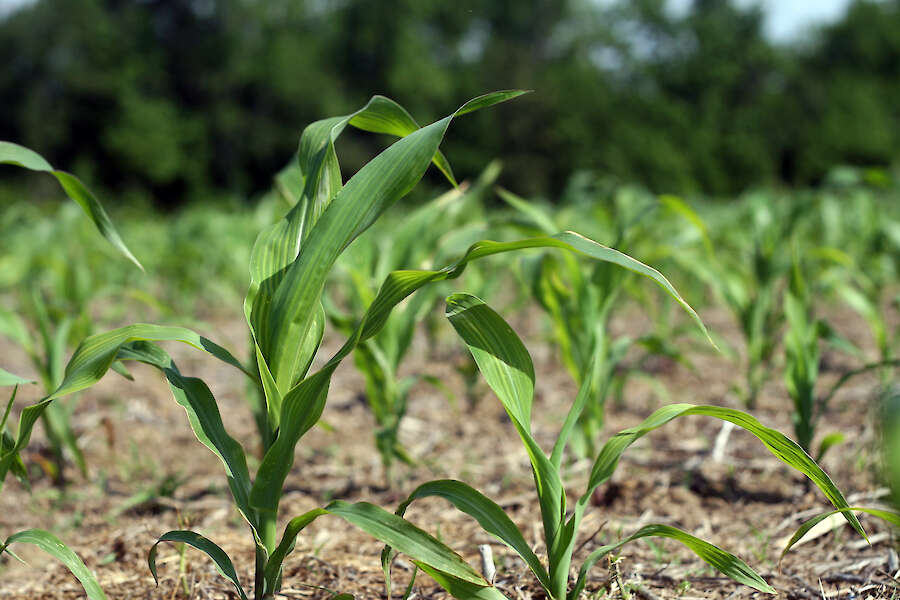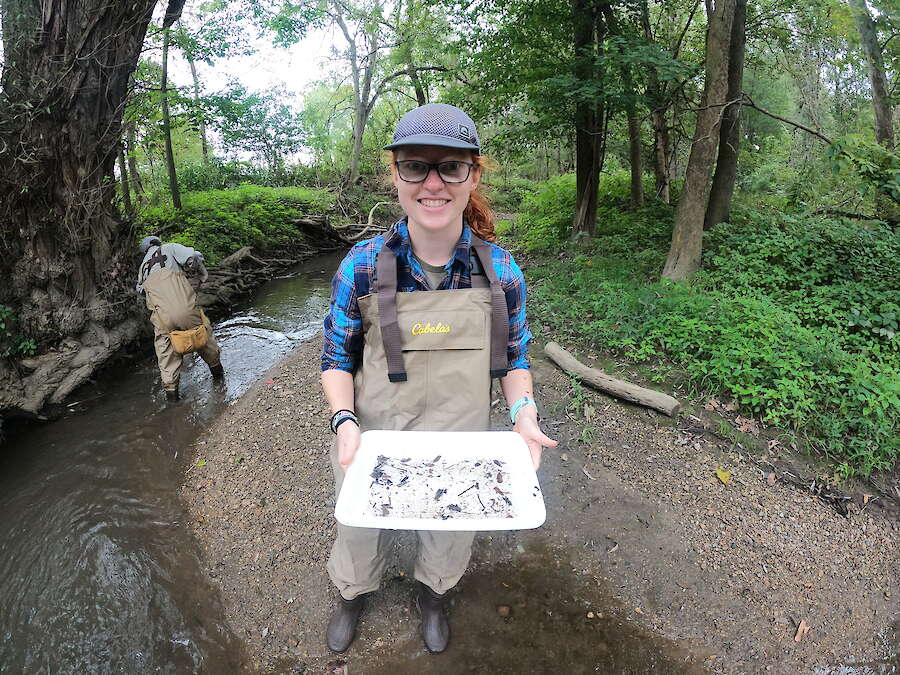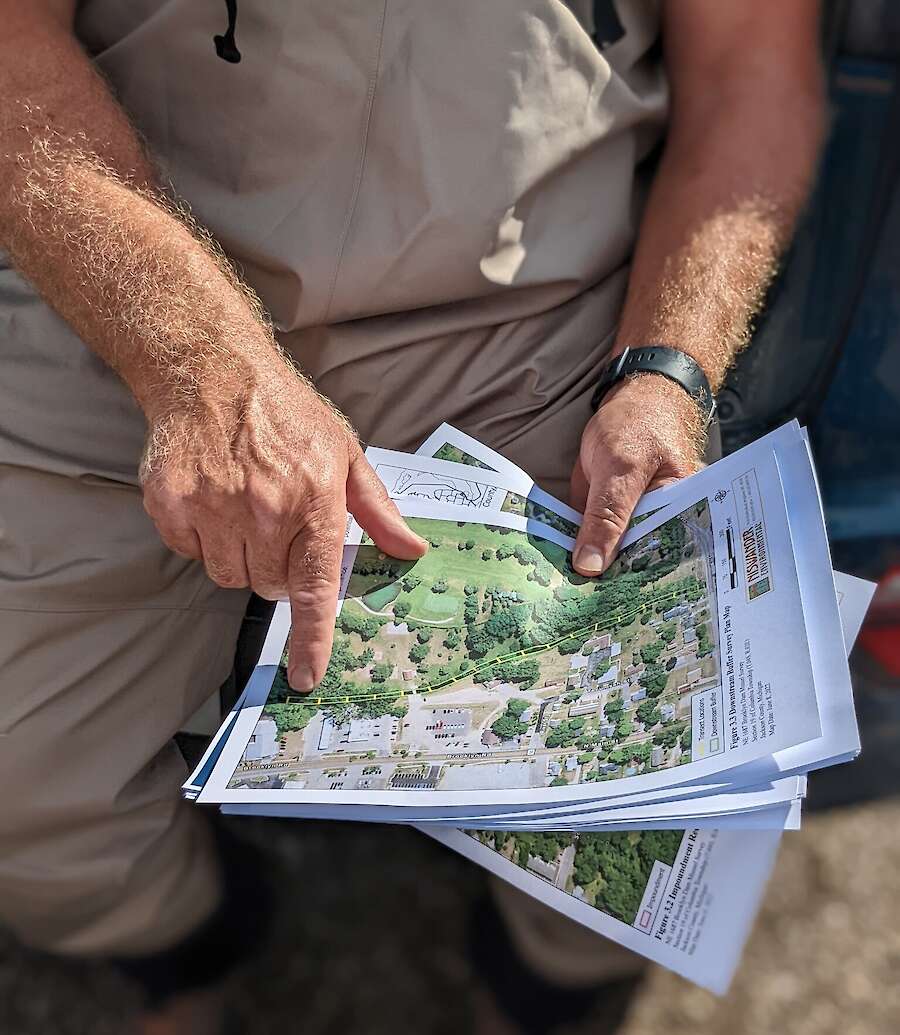Productive and Healthy Landscapes

Corn growing in a field. Photo by UMCES IAN.
The River Raisin watershed is a major producer of corn and soybeans in the state of Michigan. Over 75% of the watershed is in agricultural production. But the River Raisin is caught in the middle of the great dilemma of modern, industrialized agriculture: balancing production with environmental stewardship. Nutrients from agricultural lands are washed into the river by storms and floods. The RRWC works hard to support farmer leaders who promote sustainable practices, benefiting the farmer and water quality alike.
One of Michigan’s water quality objectives is to reduce phosphorus entering Lake Erie by 40% by 2025, and in order to achieve that, we must increase adoption of conservation practices within the basin. The Michigan Agriculture Environmental Assurance Program (MAEAP) is a free program that helps farms adopt practices that minimize agricultural pollution risks. Of the estimated 1 million acres of cropland in Michigan’s part of the Western Lake Erie Basin, approximately 15% are now MAEAP verified.
Farmer-led initiatives have been able to foster conversation and interest within the farming community, resulting in expanded understanding of the environmental issues and the need for the adoption of conservation practices. It is essential to build more understanding, support, and engagement with farmers within the basin to protect Michigan’s farmers, land, and water.
River Raisin is an Area of Concern

RRWC volunteer surveying benthics.
The lower 2.6 miles of the River Raisin has been identified as one of Michigan’s fourteen Areas of Concern (AOC). Historical discharges of heavy metals and polychlorinated biphenyls (PCBs) from industry caused degradation over many years. Projects to restore the AOC included work to reduce erosion to an island, restoring marsh and prairie habitat, removing invasive plant species, enhancing fish passage to the river, and removing contamination from the food chain. These projects have provided habitat for fish, waterfowl, turtles, and other wildlife.
The Legacy of Hydroelectric Power

Demonstrating a buffer survey map of Brooklyn Dam.
The power of the River Raisin was harnessed using dams during the twentieth century. Dams completely changed the river sediment balance. Dams disrupt the natural movement of water and sediment, acting as sediment traps on one side and a force for erosion on the other. The Brooklyn Dam is one of the few remaining dams on the Raisin. It was constructed in 1939 and was used to supply hydroelectricity for the adjacent manufacturing plant. However, this dam is no longer used to supply hydroelectric power, and the Department of Environment, Great Lakes, and Energy (EGLE) now classifies the dam as a High Hazard Potential Dam. A dam failure would cause severe impacts, including loss of life.
The area around the dam is classified as high gradient habitat, a particularly diverse and valuable type of river habitat that comprises only 5% of the Raisin. Modification of the Brooklyn Dam and restoration of a functioning stable river channel, with replacement of the Mill Street Bridge and construction of natural rock rapids over Nooney Dam, will eliminate risk and liabilities associated with the dam, improve public safety, and restore habitat and resiliency in the river. The RRWC is leading this effort. Project activities will provide up to 44 miles of connectivity to headwater reaches of the River Raisin allowing for daily, seasonal, and annual fish movement to access habitat necessary to live out their lives. Certain mussel species, like the Rayed Bean, use fish as hosts to move upstream as juveniles.
